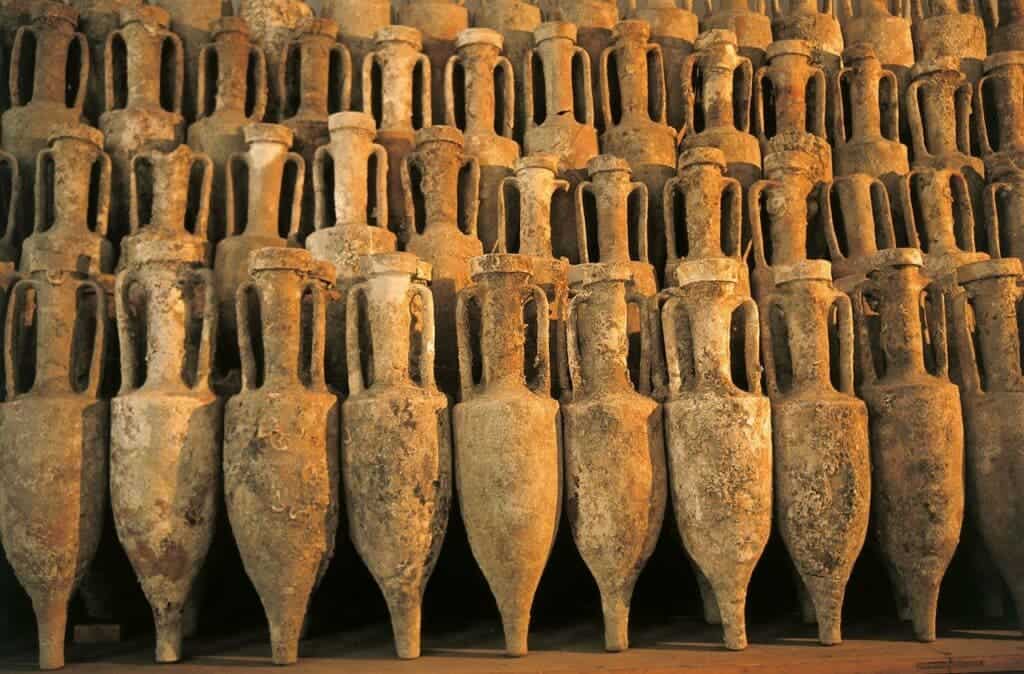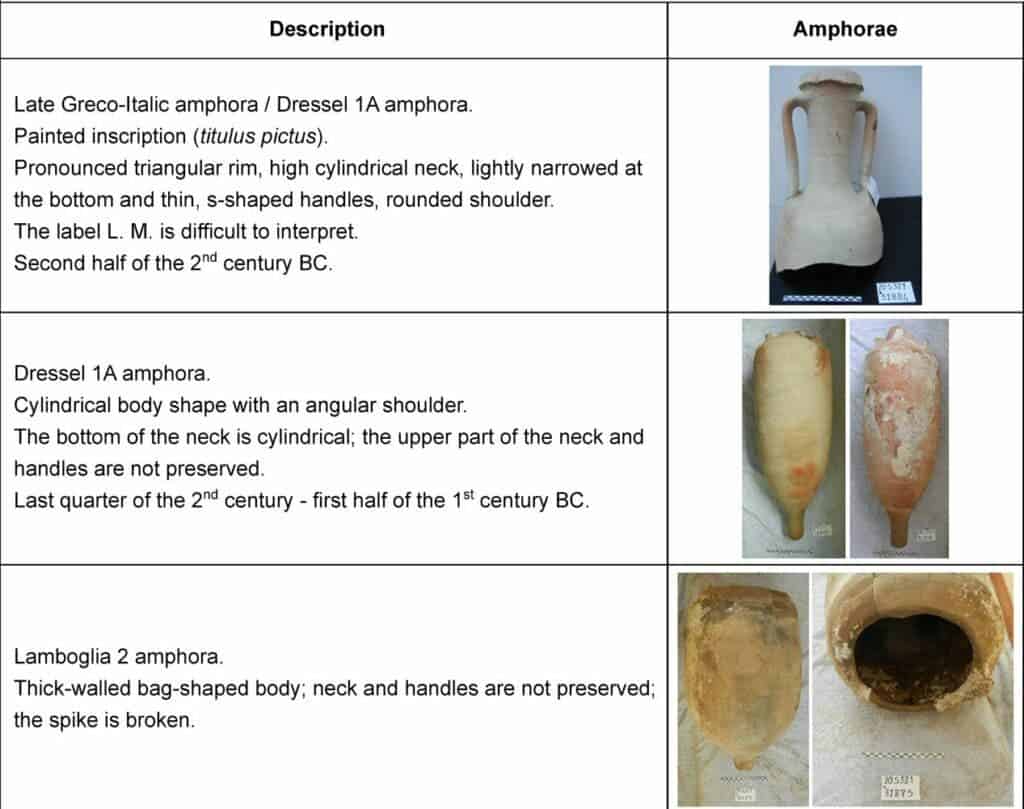Three earthenware jars recovered near the harbor of San Felice Circeo in Italy are giving us a glimpse into how the Romans made their wine.

When most people think of the Roman Empire, they think of marble columns, blocks of legionnaires with square shields, and wine. In fact, the region that spawned this empire, Italy, still has a strong tradition of wine-making to this day, as do the many territories that were part of Rome’s domain.
But how exactly did these ancient people make their wine? A study led by researchers from the Sapienza Università di Roma in Rome is offering some insights into this question.
Well-aged
The findings are based on the discovery of three marine amphorae — elongated pottery used to transport goods on ancient, wooden cargo vessels in the Mediterranean — the ancient anchorage of San Felice Circeo in Italy in 2018. The site sits some 90 kilometers (56 miles) southeast of Rome, and a wide range of other ceramic items and artifacts have been discovered at the site.
“[These amphorae] offered a rare opportunity to develop interdisciplinary research through archaeobotanical and chemical analyses,” write the researchers.
These jars were dated to the 1st or 2nd century BCE. Their contents were analyzed to gauge the wine-making practices of this time (the late Greco-Roman period) in the region of Italy. What is particularly interesting about this study is that it combined some of the most advanced chemical analysis techniques available with established archeological methods to tease out every last scrap of information possible from the amphorae.

One of these chemical analysis techniques was a combination of gas chromatography and mass spectrometry. Both are approaches that allow for the chemical components of a sample to be separated and identified. The organic residues left inside the amphorae were ideal starting materials for such analysis.
The team also looked for pollen particles preserved inside the residue. This is a well-established archeological technique, although it is not often used with residue trapped inside containers, and is very rarely used to gain clues about the historical context of an artifact — it is most commonly used to gain environmental or climate data.
All in all, the team reports that pollen particles inside the jars suggest that they were used to make both red and white wine. The grapes used for this purpose were locally-grown, although it is not clear whether they were domesticated or wild fruit.
Meanwhile, the jars were sealed with a mixture of tar pitch and wine to make them waterproof. The tar which contained the pine would most definitely have been imported from outside the region, likely from Calabria or Sicily, showcasing the intense trading that characterized the region at the time. It is possible that the pine was used as a flavoring agent, but this is not confirmed.
“The presence of both pollen and charcoal allowed a better understanding regarding the pitch origin, which is impossible to reach through organic residue analyses alone,” the study explains. “By using different approaches to unravel the content and nature of the coating layer of Roman amphorae, we have pushed the conclusion further in the understanding of ancient practices than it would have been with a single approach”.
Although some of the findings of this study will need to be validated with other research, due to the novel nature of the methods used, the team is confident that their interdisciplinary approach will help archeologists better understand the chemical makeup of whatever artifacts they are examining, allowing us to get a better glimpse of the lives and practices of those before us.
The paper “Archaeobotanical and chemical investigations on wine amphorae from San Felice Circeo (Italy) shed light on grape beverages at the Roman time” has been published in the journal PLOS One.









